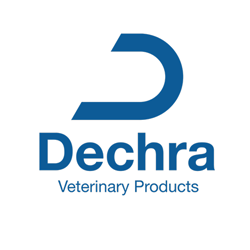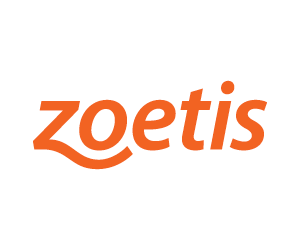Dental Care
Lifelong proactive dental care will improve a cat’s health and well-being and should begin with the initial kitten visits. The 2019 AAHA Dental Care Guidelines for Dogs and Cats emphasize that if the practice team starts to discuss the importance of oral health at kitten wellness appointments, the owner will come to think of the cat’s dental health as being a significant contributor to its quality of life.107 After the practitioner has determined that no malocclusion or dental eruption problems are present,108 practice team members can instruct owners on how to examine the cat’s mouth and how to brush the teeth. Providing videos, written and verbal instructions, and samples of products that have Veterinary Oral Health Council approval will also encourage the owner to begin providing oral care.109,110 If these training sessions include a treat reward or palatable toothpaste, the kitten will learn that handling of its mouth normally is not aversive.110,111
If adult cats will not allow routine tooth-brushing, a dental diet may be beneficial.107,111–113 If both the owner and practitioner routinely examine the cat’s mouth as it matures, a diagnosis of dental disease, masses, or orofacial pain can be made before problems escalate and cause pain and hyporexia.107,113,114
The use of photographic or radiographic images of sequential oral examinations, as well as scoring sheets for dental pathology, generally better communicates the degree and progression of pathology. Improved client education can encourage cat owners to comply with veterinary recommendations regarding dental care. Periodic complete dental prophylaxis, including full oral dental radiography, even if gross pathology is not present, can be beneficial.107 The use of feline-friendly handling techniques and anxiolytics will allow a more thorough oral examination. Only after the patient has been anesthetized can a complete and thorough oral evaluation be successfully performed. The comprehensive examination includes a tooth-by-tooth visual assessment, probing, mobility assessment, radiographic examination, and oral examination charting.115,116 Anesthesia-free dentistry is not appropriate because of patient stress, injury, risk of aspiration, and lack of diagnostic capabilities. Furthermore, because this procedure is intended only to clean the visible surface of the teeth, it provides the pet owner with a false sense of benefit to their pet’s oral health.117–119
Boehringer Ingelheim Animal Health USA Inc., CareCredit, Dechra Veterinary Products, Hill's Pet Nutrition, Inc., IDEXX Laboratories, Inc., Merck Animal Health, and Zoetis Petcare supported the development of the 2021 AAHA/AAFP Feline Life Stage Guidelines and resources through an educational grant to AAHA










